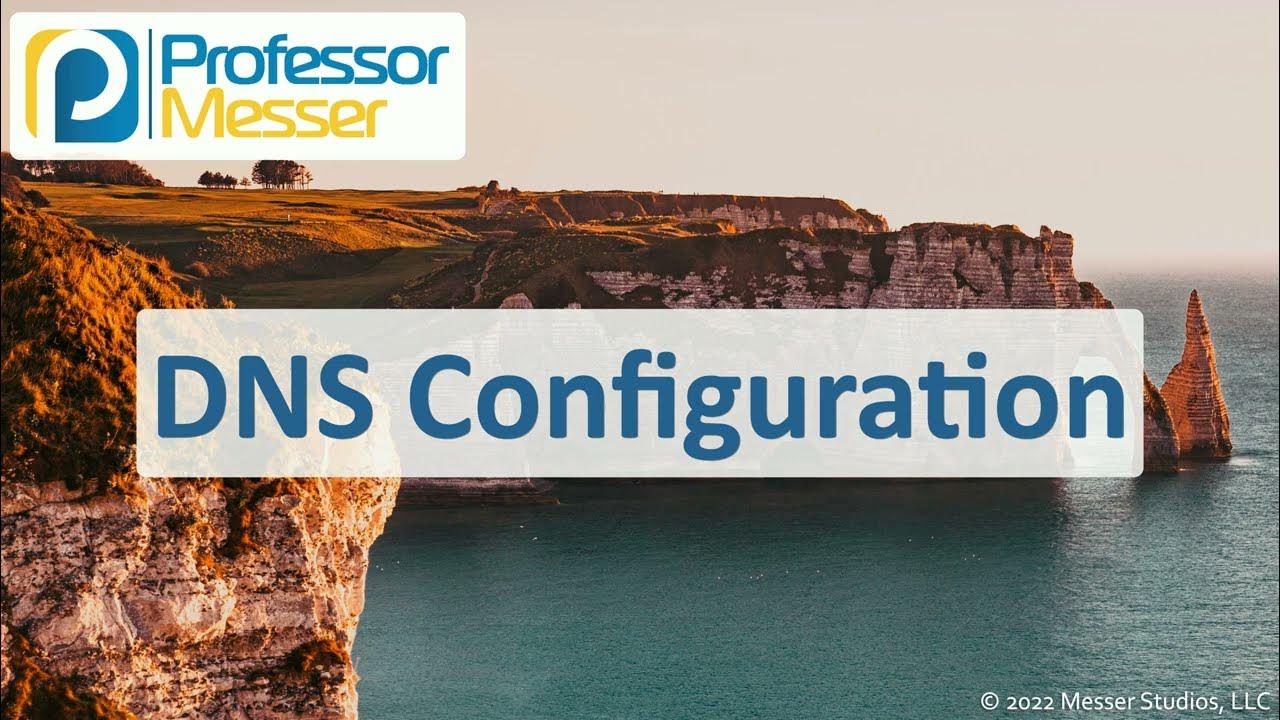4- شرح DNS وطريقة جمع معلومات عن ال Domain | دورة اختبار اختراق تطبيقات الويب
Summary
TLDRThis video script delves into the intricacies of DNS, explaining its function in domain name resolution and website access. It introduces key terms such as root name servers and authoritative servers, outlining the process of fetching a domain's IP address. The script also covers the types of DNS records, including A records for IP addresses and MX records for email servers, and demonstrates how to use tools to retrieve domain information. It concludes with a discussion on WHOIS information, providing insights into domain registration and renewal details.
Takeaways
- 🌐 DNS Explained: The script discusses what DNS is and its role in resolving domain names to IP addresses.
- 🔍 Domain Name Servers: It clarifies the function of domain name servers and how they are used to find specific information about domains.
- 📚 Cache Mechanism: The script explains the cache mechanism that stores previous search results to speed up the resolution process.
- 🌟 Root Name Server: It introduces the concept of the root name server, which is the starting point for the computer to find domain information.
- 🌍 Global Server Network: The script mentions the existence of 13 root name servers worldwide, forming the backbone of the internet's DNS service.
- 📝 Domain Records: It describes the types of records stored in DNS, including the IP address and other domain-related information.
- 🔑 DNS Zone Files: The script explains the role of DNS zone files, which contain stored information about domain names and their associated data.
- 🔍 Query Process: It outlines the process of how a user's query is handled by the DNS system, starting from the local cache to the root server and back.
- 🔄 Time Complexity: The script touches on the speed of the DNS resolution process, which is typically a matter of seconds due to the large number of domains.
- 📅 Domain Registration and Renewal: It provides insights into the domain registration process, including the responsible company and renewal dates.
- 🔎 WHOIS Information: The script concludes with an explanation of WHOIS information, which contains details about the domain owner and registration history.
Q & A
What is the main topic discussed in the video script?
-The main topic discussed in the video script is DNS (Domain Name System), its function, and how it resolves domain names to IP addresses.
What is the purpose of DNS?
-The purpose of DNS is to translate human-friendly domain names into IP addresses that computers use to identify each other on the internet.
What is a 'root name server' in the context of DNS?
-A root name server is the top-level server in the DNS hierarchy that is responsible for directing queries to the appropriate domain name servers.
How many root servers are mentioned in the script, and what is their role?
-The script mentions 13 root servers, which are considered the foundation of the internet's DNS service as they contain all the IP addresses and domain names.
What is a 'top-level domain (TLD)' server mentioned in the script?
-A top-level domain (TLD) server is responsible for storing domain names and their associated IP addresses for a specific TLD, such as .com, .org, etc.
What happens when a user tries to access a specific domain?
-When a user tries to access a domain, the process begins by checking if the domain is in the cache. If not, the system will query the root name server for the domain's IP address.
What is 'DNS caching' and why is it important?
-DNS caching is the storage of DNS responses locally to reduce the time and resources required to resolve domain names. It is important for improving response time and reducing the load on DNS servers.
What is a 'DNS zone file' and what does it contain?
-A DNS zone file is a database that contains information about a DNS zone, including resource records that define the IP addresses associated with domain names.
What is the significance of the 'SOA record' in a DNS zone file?
-The Start of Authority (SOA) record is significant as it marks the beginning of a DNS zone and contains administrative information about the zone, such as the primary name server and the domain administrator's contact details.
How can one find specific DNS records for a domain?
-One can find specific DNS records for a domain by using the 'nslookup' command or by visiting a website that provides DNS lookup services and entering the domain name and record type.
What is 'WHOIS information' and how is it used?
-WHOIS information is a set of data that includes details about the domain registration, such as the registrar, domain owner, and registration and expiration dates. It is used to look up ownership and registration details of a domain.
Outlines

This section is available to paid users only. Please upgrade to access this part.
Upgrade NowMindmap

This section is available to paid users only. Please upgrade to access this part.
Upgrade NowKeywords

This section is available to paid users only. Please upgrade to access this part.
Upgrade NowHighlights

This section is available to paid users only. Please upgrade to access this part.
Upgrade NowTranscripts

This section is available to paid users only. Please upgrade to access this part.
Upgrade Now5.0 / 5 (0 votes)





